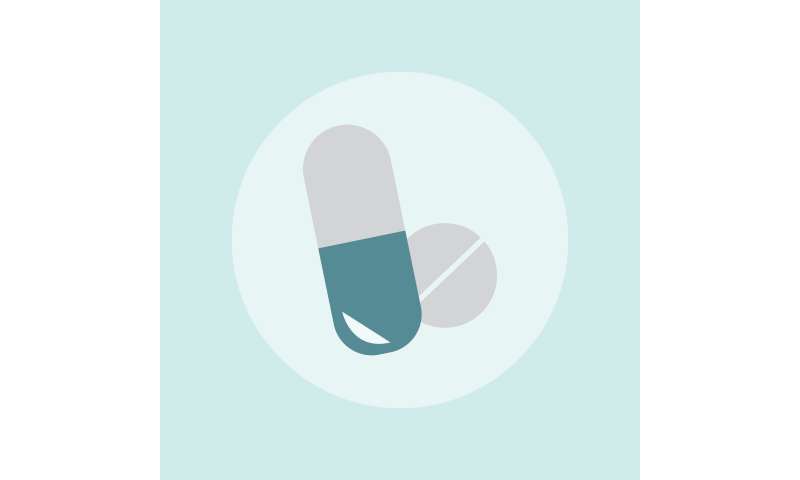
Despite growing concerns about antibiotic resistance, the discovery of new antibiotic drugs has slowed as new molecules become increasingly difficult to identify. But in a paper publishing February 20 in the journal Cell, researchers demonstrate a method to uncover new antibiotics quickly and efficiently through machine learning.
James Collins, a synthetic biologist at MIT, and his team trained a deep neural network to identify possible antibiotic molecules using compounds known to suppress E. coli growth; the network then used these data to examine other molecules in existing chemical libraries and predict their likelihood to suppress growth of bacteria. The researchers found that nearly 50% of those compounds they prioritized to test showed some effectiveness in vitro in limiting E. coli proliferation. One compound in particular, halicin, is structurally divergent from conventional antibiotic molecules and uses a mechanism that’s uncommon in clinical antibiotics to fight a wide range of human pathogens in mice, including Clostridioides difficile and Acinetobacter baumannii.
Source: Read Full Article
